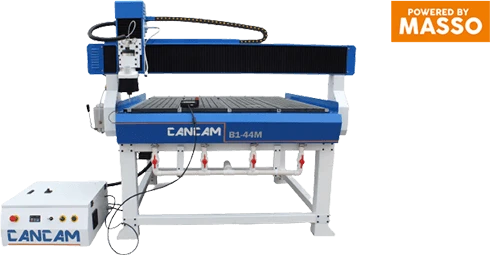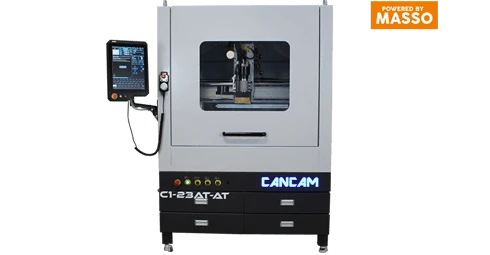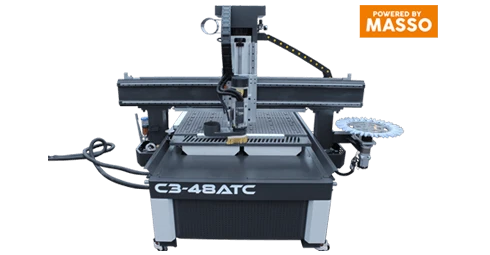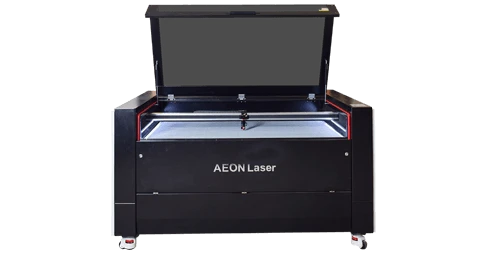Tips for Cutting Plastics
Plastics are another type of material (similar to aluminum) that is difficult to machine and can turn out terribly is not done correctly. The most difficult thing about plastics is that they come in many different compositions that it is hard to find a consistent formula for plastics in general. Below are a couple tips that you can follow to have success in cutting plastics.
Know the type of plastic you are using:
As stated above, plastics come in different compositions so it’s important to get an idea of the many different properties of the material you are machining. For example, knowing if the plastic you are working with has a high melting point, if there is any surface roughness, if it is ductile, flexible or brittle and the hardness. Being familiar with these properties will help you in choosing a proper tool as well as speeds and feeds.
Choose a proper tool:
Choosing a proper tool is extremely important for the type of finish you want for your product. There are many different types of tool s that can be used for many different applications and they are listed below:
- Upcut and Downcut Spiral Cutters: The direction of the spiral on a cutter is something that should be taken into account when choosing your tool. Upcut tools will move the chips up and out of the cutting path as well as slightly pull up on the work piece. This is good for hard, brittle plastics with low melting’s points that chip easily thus removing them with efficiently. Upcut tools tend to pull up on the work piece creating which may cut less accurately for flexible and ductile materials that may bow while cutting while. Lastly fraying may occur on the top of the material while having a cleaner edge on the bottom. Downcut tools will not be able to extract chips as easily but will put a downward pressure on the material you are cutting. This is better for softer, flexible plastics and will give a better finish for the top of your material with little to no fraying. Since clearing chips is extremely important, downcut tools are not ideal in most situations since they do not clear chips up and away from cutting paths. We recommend using downcut tools for finishing passes where there are few chips or partner it with a powerful dust collector.

- Compression bits: Compression bits combine upcut and downcut tool bits where the bottom half of the flutes will have an upcut spiral and the top half of the flutes will have a downcut spiral. This tool is designed to pull the material towards the center which reduces fraying on both sides of the material while cutting. In addition, this application is designed to give a good finish in one pass for the material, thus not ideal for hard plastics that need multiple passes so that the tool does not break.

- Chipbreaker: Chipbreaker bits are ideal for roughing out large amounts of materials quickly. Most chipbreakers will have serrated edges and are ideal for extremely hard plastics in addition to metal work.

Choose proper speeds and Feeds:
Choosing the proper spindle speed and feedrate for your cutting is important for any cutting that you are doing. Going too fast may leave a poor finish, and increases the chances of breaking your tool. Going too slow may melt the plastic as it is being cut, dull the tool and decrease the productivity the machine was supposed to increase. Always use a speed and feed calculator or search up the tool on the manufacturer’s site and look at recommended speeds and feeds for different materials.
Always clear chips:
Clearing chips is something that should be done no matter what you are machining. Recutting chips dulls the tool and may break it. Use a reliable dust collection system and blast chips away with compressed air for chips that are lodged in deep slots and profiles.








